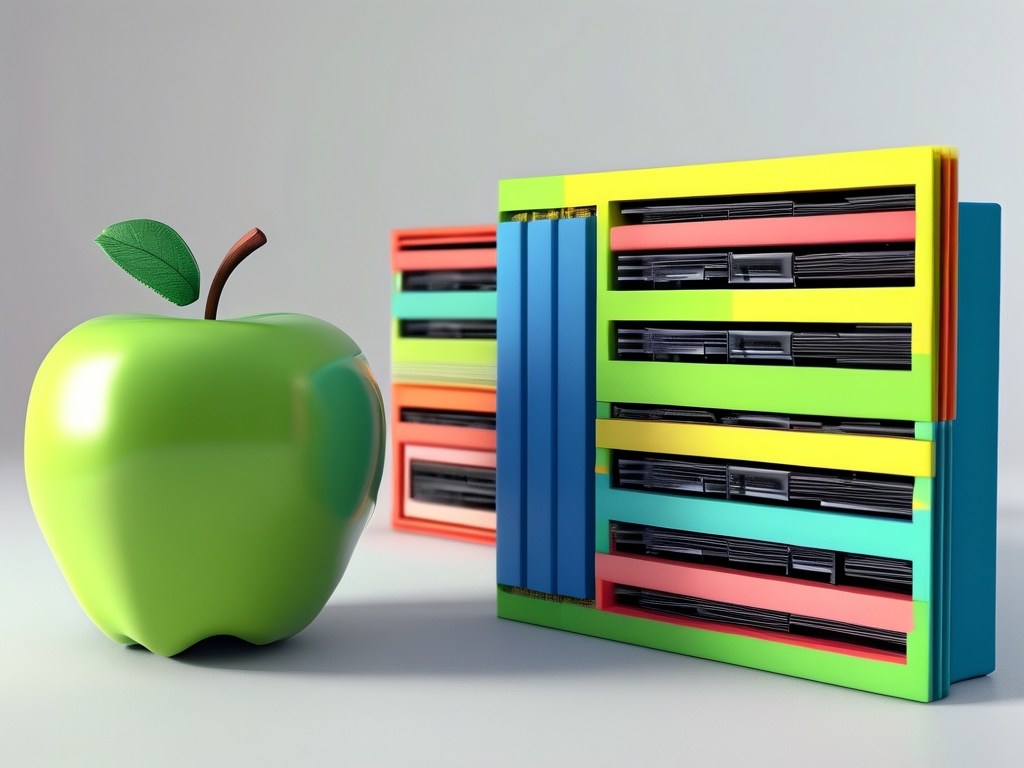In the era of high-performance computing, managing memory efficiently is critical for ensuring seamless user experiences, especially on Apple devices like MacBooks, iPhones, and iPads. Apple’s ecosystem is renowned for its optimization, but even these devices can suffer from sluggish performance or storage limitations if memory isn’t managed proactively. This article explores practical strategies to optimize memory usage on Apple devices, covering both hardware and software approaches.

Understanding Memory Management in Apple’s Ecosystem
Apple devices utilize a combination of RAM (Random Access Memory) and storage (SSD or flash memory) to handle tasks. macOS and iOS are designed to balance resource allocation automatically, but user habits and app behaviors can strain these systems. For instance, keeping dozens of browser tabs open or running memory-intensive apps like video editors can lead to slowdowns.
RAM Management on macOS
Mac computers use a unified memory architecture (UMA) in newer M-series chips, which optimizes RAM sharing between the CPU and GPU. However, users can still monitor and manage memory usage via the Activity Monitor:
- Open Activity Monitor > Memory tab.
- Check Memory Pressure graphs: Green indicates efficiency, while red/yellow signals strain.
- Identify apps consuming excessive RAM and close unnecessary processes.
For persistent issues, consider upgrading RAM during purchase (for older Intel-based Macs) or using memory-cleaning tools like CleanMyMac X to free up resources.
iOS Memory Optimization
iPhones and iPads lack user-accessible RAM management tools, but these steps help:
- Close Background Apps: Swipe up apps in the app switcher to prevent background activity.
- Enable Offload Unused Apps: Navigate to Settings > General > iPhone Storage to automate app cleanup.
- Clear Safari Cache: Go to Settings > Safari > Clear History and Website Data.
Storage Management Strategies
Running out of storage indirectly affects memory performance. Apple devices use storage as "virtual memory" when RAM is overloaded, so maintaining free space is crucial.
Leverage iCloud Smartly
- Enable iCloud Photos to store media in the cloud while keeping optimized versions locally.
- Use iCloud Drive for documents, but regularly delete redundant files via Settings > [Your Name] > iCloud > Manage Storage.
Audit and Clean Local Storage
- Review Large Files: On macOS, use About This Mac > Storage > Manage; on iOS, check iPhone Storage.
- Delete unused apps, old downloads, and system cache. Third-party tools like Disk Drill (macOS) or PhoneClean (iOS) can automate this.
Advanced Techniques for Power Users
- Terminal Commands (macOS): Use commands like
purgeto force memory cleanup (use cautiously). - SSD Health Monitoring: Tools like DriveDx assess SSD health to prevent storage-related bottlenecks.
- Disable Startup Items: On macOS, navigate to System Settings > General > Login Items to reduce boot-time memory load.
The Role of Software Updates
Apple regularly releases updates to enhance memory management. For example, iOS 17 introduced improved app suspension algorithms, while macOS Sonoma optimized RAM allocation for pro apps. Always keep devices updated via Settings > General > Software Update.
When to Consider Hardware Upgrades
If software fixes aren’t enough, hardware upgrades may be necessary:
- Mac: Older models allow RAM upgrades; newer M-series Macs require purchasing higher RAM configurations upfront.
- iPhone/iPad: Cloud storage subscriptions or external drives (via Lightning/USB-C) can alleviate storage constraints.
Effective memory management on Apple devices involves a mix of proactive habits, software tools, and occasional hardware upgrades. By regularly auditing storage, optimizing background processes, and leveraging Apple’s ecosystem features, users can maintain peak performance and extend device longevity. Whether you’re a casual user or a power user, these strategies ensure your Apple devices run as smoothly as the day you unboxed them.









